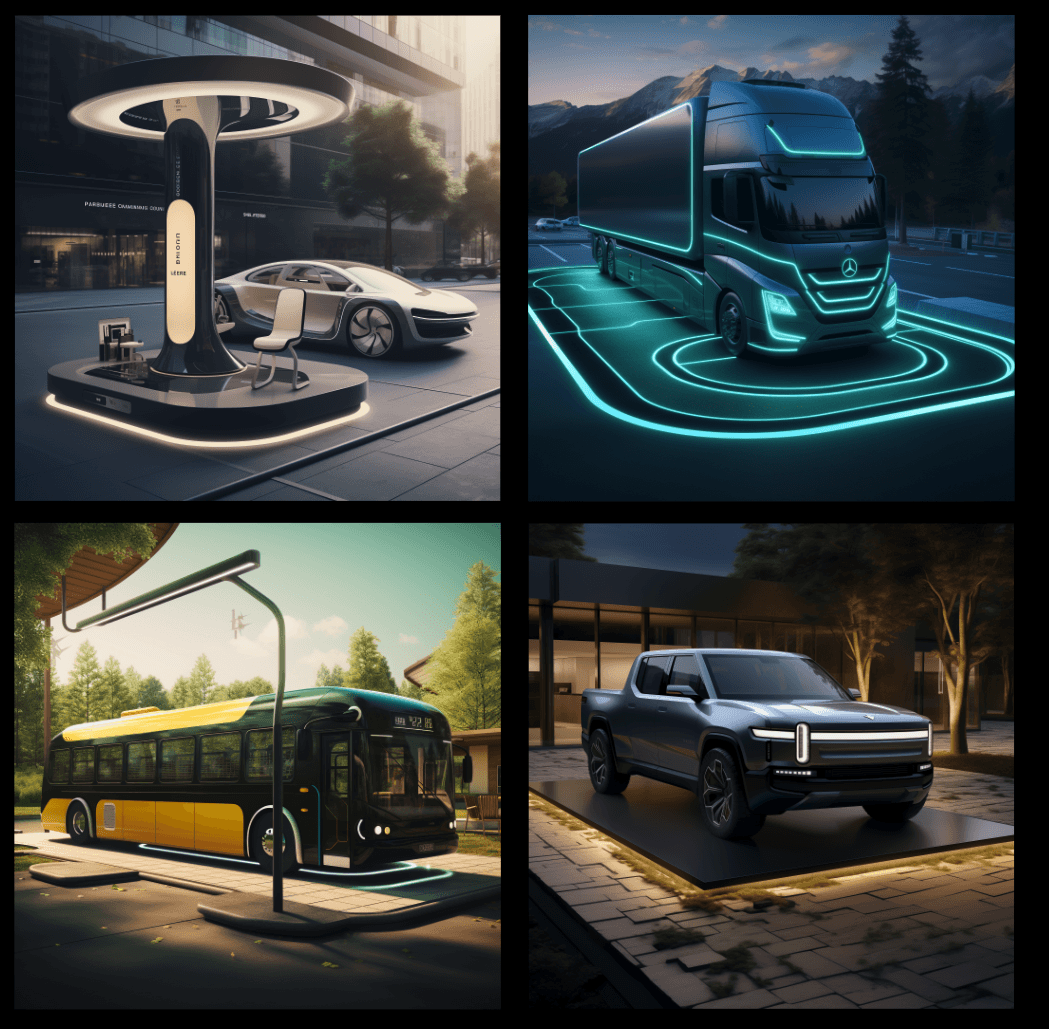The future of wireless charging
In recent years, the surge in wireless adoption has captivated the technological landscape, positioning itself as the focal point for every battery-powered device.
The allure of eliminating cumbersome cords extends beyond mere convenience, offering substantial advantages such as enhanced mobility, streamlined operations, and the seamless integration of wireless charging, promoting efficiency, and reducing clutter.
Future Vision of Wireless Charging
As we gear up for the future of electric vehicles (EVs), a robust charging infrastructure becomes paramount.
The International Energy Agency projects that 130 million electric vehicles will be on the road by 2030. Embracing a revolutionary leap, the automotive industry is shifting gears towards wireless charging—a game-changing innovation. In this new era, electric vehicles seamlessly recharge at stations or even while in motion, all thanks to a seamlessly integrated over-the-air wireless charging infrastructure.
Wireless charging solutions ushering in a new era of accessibility and convenience for EVs. With wireless charging, drivers experience unprecedented freedom, with charging points strategically located for maximum convenience.
This technology not only transforms how we power our vehicles but also paves the way for sustainable practices.
By harnessing solar energy, wireless charging stations minimize negative environmental impacts, making the transition to wireless charging an eco-friendly journey.
Imagine a city where self-driving cars navigate and charge independently, effectively turning the urban landscape into one colossal wireless charging station.
The vision extends beyond mere functionality—it’s a harmonious blend of technological innovation, environmental stewardship, and unparalleled convenience, propelling us into an electrifying future with dynamic wireless charging.
Market Growth and Popularization of Wireless Charging
By 2027, the worldwide market for wireless electric vehicle charging systems is anticipated to surpass $825 million. Even though wireless EVs are becoming more popular in the US, they are still behind that in Europe and Asia. American companies and business owners are waiting for a sufficient number of EVs with wireless charging capabilities to be sold in this country.
The BMW 530e hybrid sedan is the only EV currently available in America with factory-installed wireless charging.
General Motors has recently discovered that most American EV owners, both current and potential, expressed a strong to extreme interest in EVs with wireless charging capabilities.
During an appearance on Jay Leno’s Garage this week, a top Tesla executive has revealed the company is working on wireless charging for its cars.
Autonomous Robots for Charging EVs
With the rapid rise in EV sales worldwide, automakers focus on faster charging solutions. They include autonomous robots that can charge electric vehicles without human assistance.
The robot produced by Charging Robotics Ltd. can locate the vehicle and plan a route to the best charging position thanks to Lidar and other sensors, which enable autonomous navigation. Charging Robotics Ltd. uses patent-pending algorithms for robot navigation.
Once the robot reaches the anticipated charging position, a second set of algorithms is applied to achieve high charging efficiencies by fine-tuning the alignment between the system’s components.

Charging Stations as Entertainment Hubs
Global sales of EVs are expected to reach an astounding 9.7 million vehicles by 2025, continuing the recent boom. Cinemas have long been recognized for plush seating, progressive displays, and excellent surround sound systems.
They are going above and beyond in their dedication to customer satisfaction by carefully placing charging stations in their parking lots.
Large crowds are drawn to cinemas and other entertainment venues, which makes them the perfect places for EV charging stations. These locations include charging infrastructure so electric vehicle owners can easily charge their cars while taking in a performance, movie, or other entertainment.
By providing the required infrastructure, installing wireless charging stations at entertainment hubs promotes the adoption of EVs and aids in developing a charging network.
Dynamic Charging Roads for Continuous Charging
Roadways are anticipated to have induction charging installed so EV owners can continuously charge their vehicles while driving. It will function similarly to standard wireless charging, enabling EV owners to travel great distances without stopping for a charge.
Stellantis is already developing a plan to integrate wireless charging for electric vehicles into specific roads. The first wireless EV charging road in the United States takes place in Detroit representing a one-mile stretch open to the public.
A quarter of a mile long, the inductive-charging road crosses 14th Street close to Michigan Central and the city’s mobility district. The project’s managers referred to it as the “future of roads.”

Conclusion
The future of comfortable EV usage is only possible with advanced wireless charging systems. In this case, the drivers should have the ability to enjoy the robot support based on the introduction of innovative technologies.
At the same time, the symbiosis of wireless charging stations and entertainment activities can become a perfect recreation area for all EV users. Furthermore, the roads can also become a tool for EV wireless charging by using induction technologies.
Author: Roman Bysko at Meredot.

